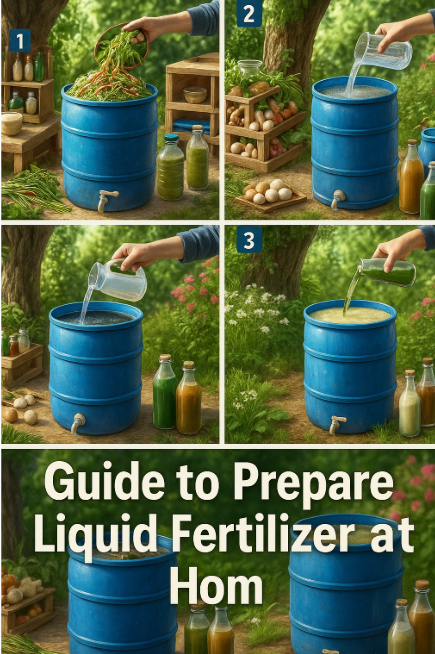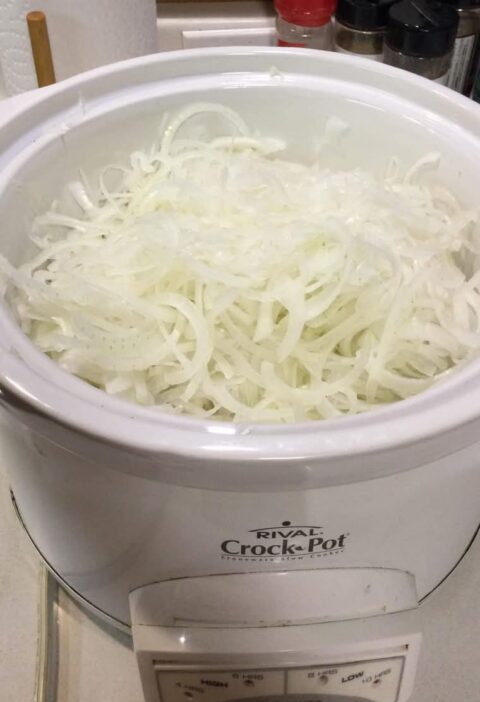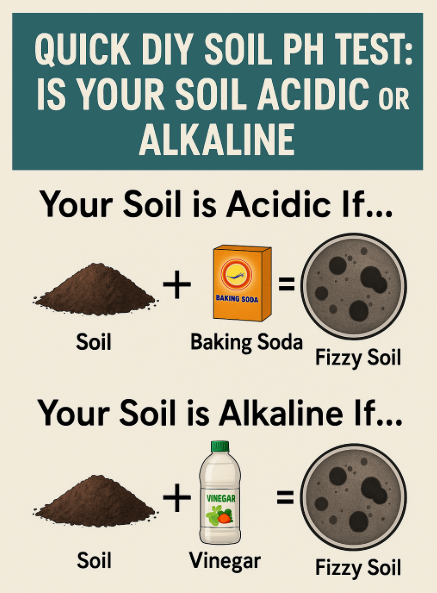7.8 Specialty Case Study G: Community Orchard Integration
Scenario: A volunteer-run community orchard in British Columbia faced patchy fruit set and variable tree vigor across 200 mixed apples and pears. Soil tests revealed uneven nutrient distribution and low microbial diversity.
- Intervention: Quarterly soil drench of 1:10 fermented fertilizer around the drip line of each tree, combined with a summer foliar spray at 1:20 during bloom and early fruit set.
- Supportive Practices: Mulch rings of wood chips to conserve moisture and suppress weeds; install simple drip irrigation for uniform water delivery.
- Results (1 Year): Overall bloom density increased by 30 %, yield per tree rose by 25 %, and fruit size variability decreased by 40 %. Soil microbial assays showed a 120 % increase in beneficial bacterial counts and a 50 % rise in fungal mutualists (mycorrhizae), leading to improved nutrient cycling and tree health.
7.9 Specialty Case Study H: Vertical Farm Microgreens Pilot
Scenario: A startup vertical farm in Toronto experimented with microgreens (sunflower, radish, pea shoots) grown on stacked trays under LED lighting. Rapid crop turnover and frequent harvesting had led to substrate exhaustion and slow germination rates.
- Intervention: Incorporated 1:20 fermented fertilizer into the germination mist and seed soak (0.5:10 ratio) prior to planting; bi-weekly light foliar spray at 1:30 for established trays.
- Operational Changes: Integrated an inline aeration diffuser to oxygenate the nutrient reservoir; introduced a rotating tray schedule to allow substrate “rest” periods.
- Results (8 Weeks): Germination rates climbed from 85 % to 98 %, and time to harvest shortened by 1.5 days (from 10 to 8.5 days). Biomass yields per tray increased by 18 %, and flavor analyses detected higher volatile profiles in radish microgreens—attributed to enhanced microbial metabolite activity in the rhizosphere.
13. Seasonal “Year-in-Review” Log Template
Keeping consistent records is vital to refine your homemade fertilizer program. Use this template each season to capture key metrics, observations, and adjustments.
Season: _________________________ Year: _______________
Crop / Bed: __________________________
Initial Conditions:
- Soil pH: ________ EC: ________ dS/m
- Organic Matter (%): ________ Texture: __________
Application Schedule & Rates:
| Date | Method | Dilution | Volume | Weather | Notes |
|------------|--------------|----------|---------|--------------------------|-----------------------------------------|
| YYYY-MM-DD | Soil Drench | 1:10 | 2 L/m² | Sunny 22 °C, 60% RH | Root zone soak |
| YYYY-MM-DD | Foliar Spray | 1:20 | 0.5 L/pl| Overcast, 18 °C | Applied before fungal outbreak |
| ... | ... | ... | ... | ... | ... |
Performance Metrics:
- Emergence Rate (%): ______
- Flower Set (%): ______
- Yield (kg/m²): ______
- Quality Notes: (size, color, Brix) ___________________________________
Issues & Corrections:
- Symptom: ___________________________ Date Observed: __________
→ Action Taken: ________________________________________________
- …
Microbial / Soil Tests:
- Post-season pH: ________ EC: ________ dS/m
- Microbial Count (cfu/mL): ________
Next Season Goals & Adjustments:
- Modify dilution to ________
- Add supplement (e.g., wood ash, seaweed): ______________
- Cultural change (mulch, irrigation): ______________
Guidelines: Fill out immediately after each application. Review at season’s end to identify trends and refine rates, timings, and methods for continuous improvement.
14. Integrating Homemade Fertilizer into Sustainable Agriculture & Permaculture
Homemade fermented fertilizer aligns seamlessly with sustainable and permaculture principles by closing nutrient loops, enhancing biodiversity, and reducing external inputs.
- On-Farm Nutrient Cycling: Collect and ferment in situ garden and kitchen waste to create a self-contained fertility system. This reduces reliance on synthetic NPK and builds soil health over time.
- Guild Integration: In permaculture guilds, use fermented fertilizer to inoculate the root zones of fruit trees, berry bushes, and nitrogen-fixing shrubs. The microbial consortia you introduce will establish symbiotic relationships, enhancing nutrient exchange between guild members.
- Polyculture Compatibility: Apply diluted fertilizer broadly in mixed beds (e.g., tomatoes interplanted with basil and marigolds). The broad-spectrum nutrient and microbial boost supports diverse plant communities, improving resilience against pests and diseases.
- Water Harvesting Synergy: Combine with rainwater catchment systems: divert stored rainwater into your fermentation drum to preserve microbes and minerals, then apply to rain-fed gardens, maximizing resource efficiency.
- Soil Regeneration: Rotate application zones each year, allowing rest areas to recover. Combine with green manures and cover crops to rebuild organic matter, ultimately creating a no-till, low-disturbance food forest environment.
By embedding this practice in your sustainable system, you foster self-regenerating fertility, cut waste, and nurture soil-plant-microbe communities that underpin long-term productivity and ecosystem health.
15. Mythbusters: Debunking Common Fertilizer Myths
- Myth 1: “Homemade fertilizers are weak compared to commercial formulas.”
Fact: Fermented fertilizers deliver a broad spectrum of nutrients, hormones, and live microbes—often outperforming synthetic NPK by improving nutrient uptake and soil biology. - Myth 2: “Fermented tea stinks and attracts pests.”
Fact: Proper C:N balance (greens to browns 2:1) and regular stirring prevent foul odors. Excluding meat/dairy and covering the surface minimizes pest attraction. - Myth 3: “You can’t measure nutrient levels in homemade ferts.”
Fact: Simple EC and pH meters quantify ion strength and acidity. For specific nutrients, low-cost test kits (nitrate, phosphate, potassium) provide actionable data. - Myth 4: “It’s impossible to keep fermentation consistent.”
Fact: Standardizing container size, substrate ratios, and fermentation conditions (temperature, aeration) ensures reliable, reproducible results. - Myth 5: “All microbes in compost tea are beneficial.”
Fact: Aerated fermentation favors beneficial aerobic bacteria. Occasional anaerobes can be controlled by adding brown material and increasing oxygenation.
With these myths dispelled, you can confidently embrace homemade fermented fertilizer as a robust, scientific, and sustainable component of your gardening and farming practices.






